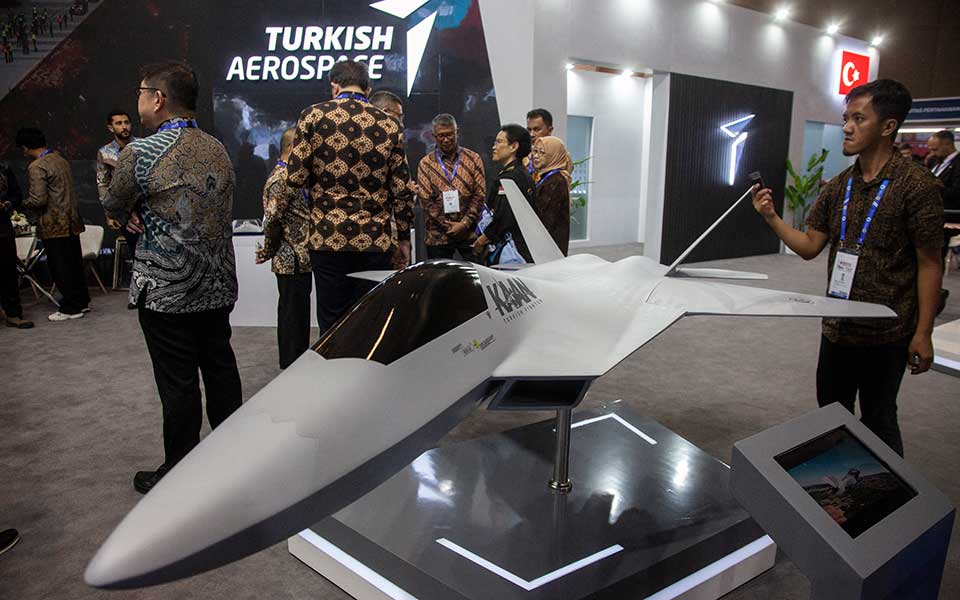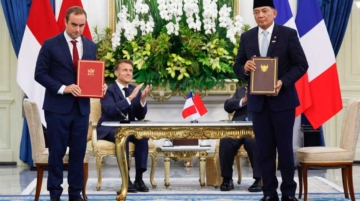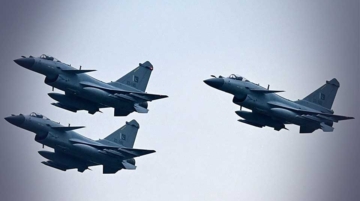
Just one week after Chinese military enthusiasts were celebrating the possibility of Indonesia buying China’s J-10C fighter jet, news broke on June 11 that Türkiye has signed a deal to export 48 units of its fifth-generation Kaan fighter to Indonesia. The sudden shift left many Chinese observers stunned.
The announcement, confirmed by Turkish President Erdoğan, sparked immediate reaction on Chinese social media. The WeChat blog Southeast Asia Military Enthusiasts Club—which had recently published an optimistic take on Indonesia’s J-10C interest—responded with a follow-up post calling the Kaan deal a stunning surprise and probing its deeper implications.
According to the blog, the Kaan only completed its maiden flight in February 2024 and is still in the early stages of development. Türkiye’s own air force isn’t expected to receive the first batch until 2028. Exporting an unfinished fifth-gen jet—especially in such large numbers—is rare in global arms trade and carries major risks.
The blog sees Türkiye’s move as a geopolitical signal rather than a simple arms sale, aiming to position itself as a player in the high-end defense export market, particularly after its exclusion from the U.S. F-35 program.
From Indonesia’s side, the blog suggests the decision reflects both urgent fleet renewal needs and the appeal of being the first Southeast Asian operator of a fifth-gen platform. The deal reportedly includes local industrial participation and technology transfer—an increasingly important factor in Jakarta’s defense policy under President Prabowo Subianto.
Still, the blog raises sharp concerns. Indonesia’s air force already operates a diverse inventory—from U.S. F-16s to Russian Sukhois, French Rafales, and South Korean trainers. Adding a Turkish fifth-generation platform would further complicate training, logistics, and maintenance infrastructure.
More critically, the blog argues that Indonesia is attempting to leap directly from its fragmented mix of legacy platforms to a fifth-generation fighter without first gaining extensive operational experience with advanced 4.5-generation systems like the J-10C or KF-21. While the Kaan may appear “cutting-edge” on paper, this jump could impose a steep learning curve. Without a solid foundation in maintaining and integrating high-performance multirole jets, the risks—technical, financial, and operational—may multiply rapidly.
In light of recent financial constraints on past aircraft programs, including difficulties meeting payments for the KF-21, the blog questions whether Indonesia can sustain the high costs of acquiring and operating a fifth-generation fleet over the long term.







